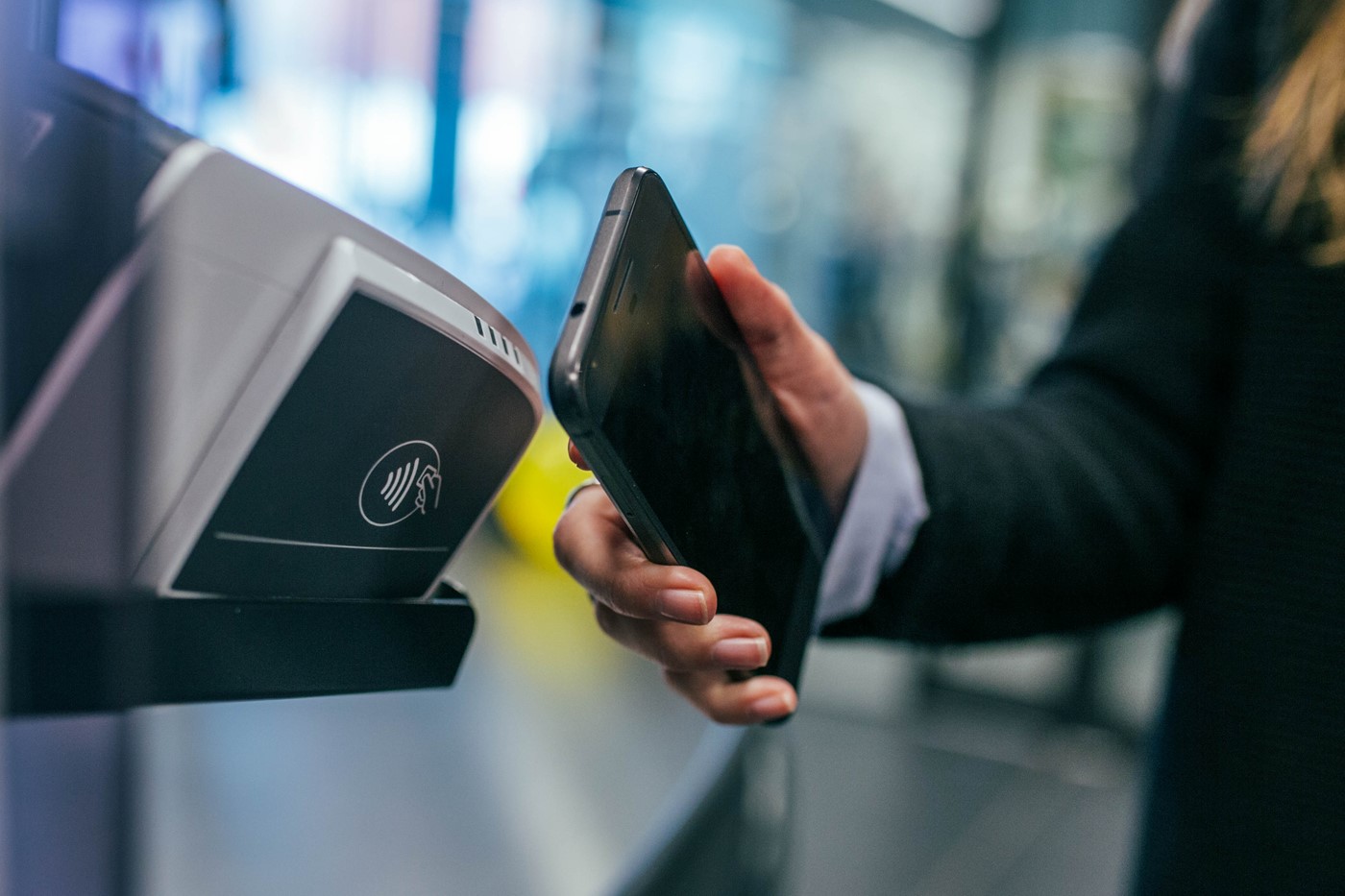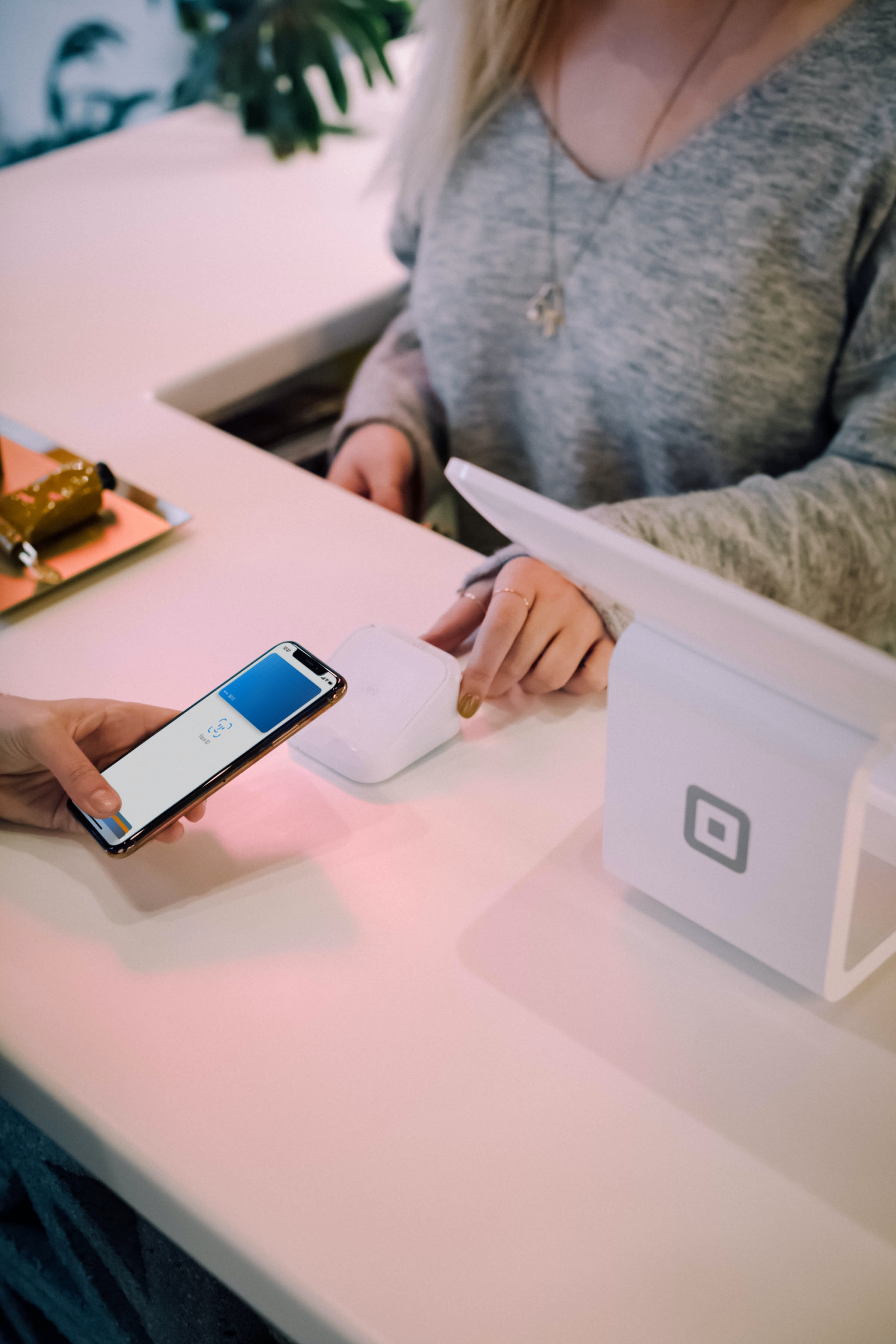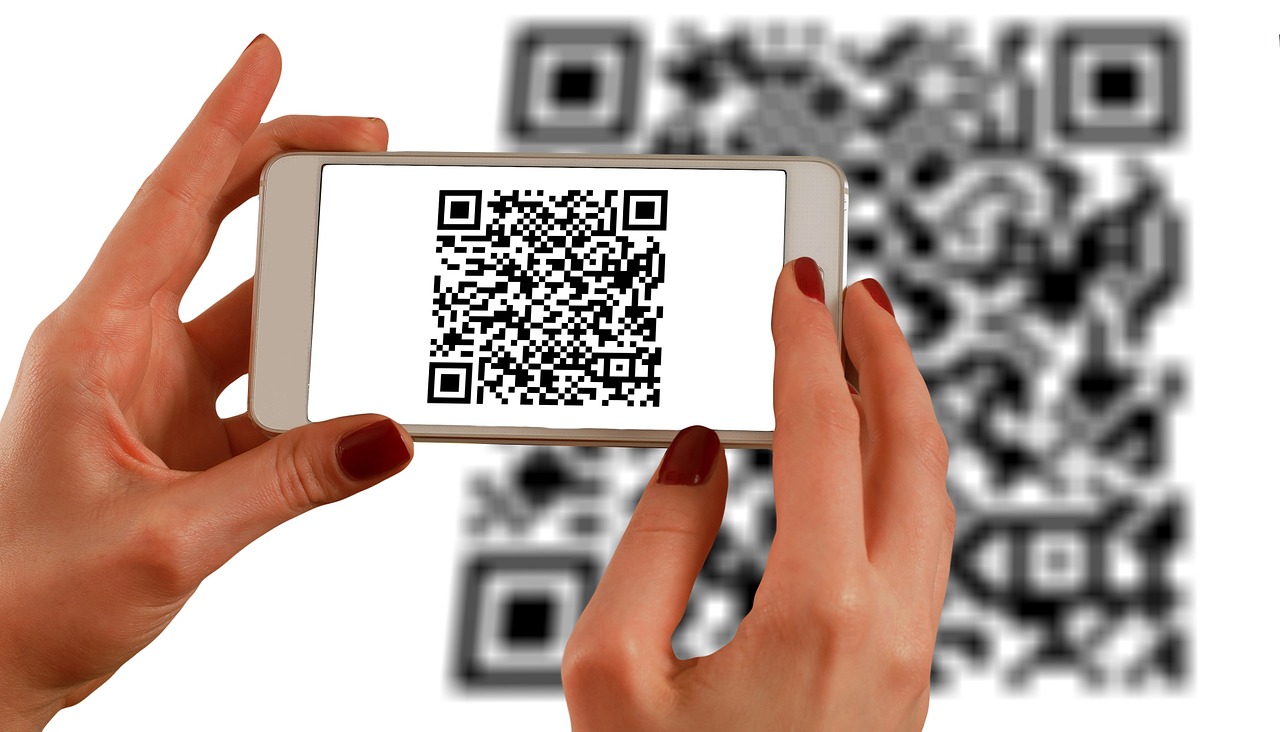Security Of Mobile Payments
Published: 8/4/2020

Mobile Payments
First of all, we need to understand that mobile payments refers to the use of a smartphone to complete payments. Popular examples of this are Apple Pay, Google Pay (formerly Android Pay), Samsung Pay, and Walmart Pay. We'll look at each one and their benefits, their drawbacks, and their security. Which one you choose to use is entirely up to you. There is no bias here.

Photo by Christiann Koepke on Unsplash
Apple Pay
First, let's explore Apple Pay. Apple Pay was initially released in October 2014. Since then its popularity has grown by leaps and bounds and is one of the most common mobile payment platforms.
How it Works
Here's the breakdown of how this payment platform works:
- User scans or enters their card information in the Wallet app
- User goes through a verification process (this can be a phone call, authentication through the bank's mobile app, or a text message)
- The card information is verified with the financial institution
- The card information is then tokenized (essentially a unique account number) and the actual card information is never stored on the device
- When making a payment, the unique number (sometimes called a virtual account number) and a dynamic token unique to the transaction are sent to the terminal
With Apple Pay, the focus is on security while also making it easy to use. Your card information is never stored on Apple's servers and the card has to be re-added with a new virtual account number if you restore an iCloud backup on a new device. Transactions are also never sent to Apple.
Google Pay
Formerly Android Pay, Google Pay is Google's rival mobile payment platform. Android Pay launched almost a year after Apple Pay, in September 2015. It was rebranded as Google Pay in January 2018.
How it Works
Google Pay works similarly to Apple Pay. This has the benefit of allowing your Google Pay card to pay for Google products and services where Apple keeps them somewhat separate (there is a way you can enable Apple Pay for Apple's services but that's outside the scope of this article).

Photo by Matthew Kwong on Unsplash
- When a user adds a card to Google Pay, the card is kept on file on Google's server but a virtual account number (or token) is encrypted and stored on the user's device
- When a user makes a purchase in a store the virtual card number is sent to the terminal instead of the user's actual card information
Google Pay is available on any Android-based device running version 4.4 (KitKat) and newer with NFC hardware built-in. That makes it an attractive option for a lot of users.

Photo by Jonas Leupe on Unsplash
Samsung Pay
Samsung Pay works much like Google Pay and Apple Pay. That seems to be a common theme in the mobile payment space. The idea is make it convenient, but keep it secure. Samsung Pay works without storing the card information on servers (such as Google Pay does) so it's almost automatically more secure than Google Pay.
As Apple Pay is limited to iPhones, Samsung Pay is limited to Samsung phones. But it does have an advantage that on compatible phones, it has the ability to work with non-NFC terminals by emulating a mag swipe using a magnetic field. That makes it a tempting offering, given some of the slow adoption rates of mobile payment options in the United States.
Walmart Pay
Some may argue that Walmart Pay is the least secure or the most secure. It operates differently from the others and only works at Walmart stores but it according to Walmart it is very popular.
How it Works
Walmart Pay works by scanning a QR code using the Walmart app on your smartphone (iOS or Android). The card information stays on file with Walmart and when the customer scans the QR code, their card is charged for the final amount. The biggest advantage is that receipts are then stored on the customer's account and can be pulled up in the app at a later date. Yay for paperless receipts! Walmart doesn't tout security as a selling point, however, and in a world of constant data breaches (I'm looking at you Equifax) the idea of storing any card data with any entity can be concerning.

Image by Gerd Altmann from Pixabay
Summary
From a security perspective, Apple Pay and Samsung Pay are the best. Google Pay and Samsung Pay are the most flexible, with Google Pay being available on any Android phone and Samsung Pay working with non-NFC terminals. Walmart Pay is convenient for shopping at Walmart and not much else. Walmart doesn't accept any other mobile payment platforms, though, unfortunately.
Which platform you use depends on what devices you have and personal preference. Walmart Pay doesn't transmit any card information - the phone's camera scans the QR code. However, it is the only one that requires an Internet connection. That, combined with needing the Walmart app, makes it the least convenient.
About the Author
Adam is the lead developer at Manwaring Web Solutions. Programming since the age of 10, he taught himself HTML and basic CSS.